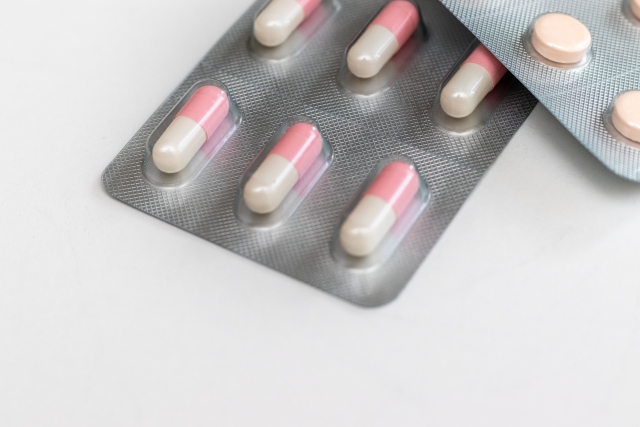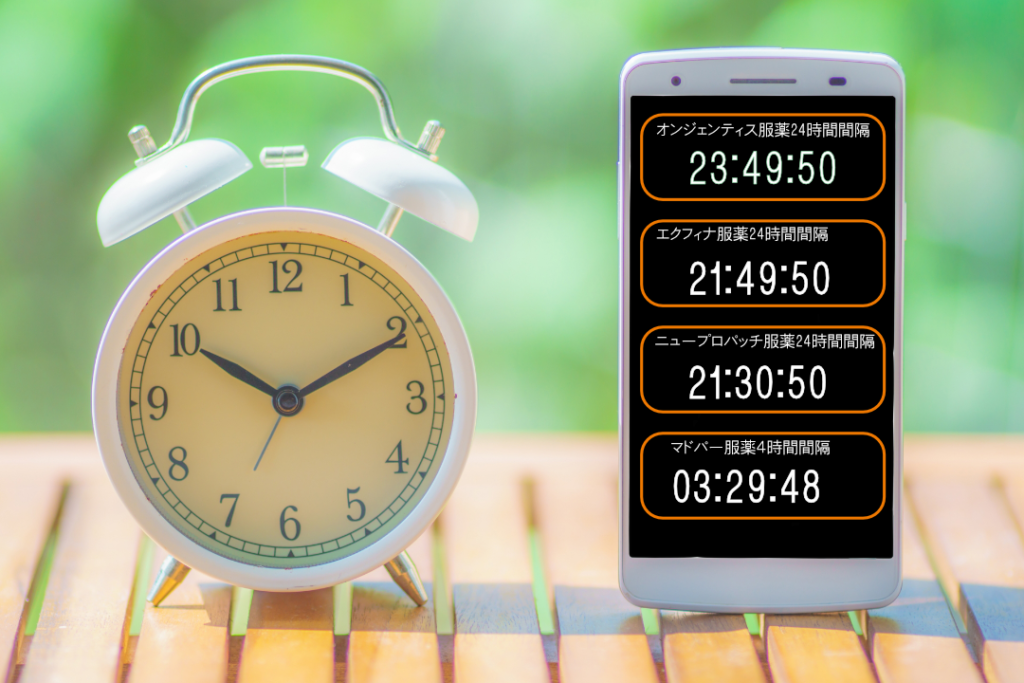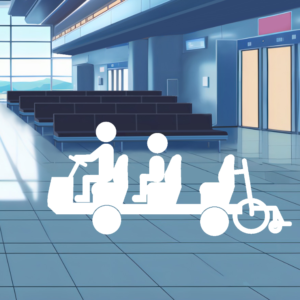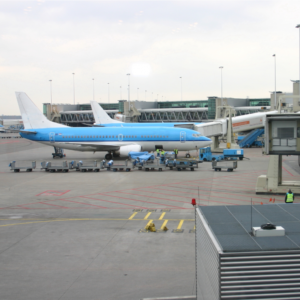How to manage medications when traveling abroad
When traveling abroad, one of the most annoying things is the timing of taking medicine… This time, we got a hint on how to manage it safely using a certain app. If you are going to travel abroad, please use this as a reference.
Attention!
This is a machine translation of Japanese, so please let me know if you find anything wrong.
Parkinson’s disease medications are complicated to administer…

The timing of medications for Parkinson’s disease varies enormously. For example, in the case of the superintendent, the following table shows the most common medications.
Note that the names of the medications are listed by their trade names, not their generic names, for the sake of clarity for the readers of this article.
| Names of drugs in Japan | How to take the medicine |
| ONGENTYS Tablets | Only once a day. However, do not take other medicines or eat or drink for an hour before and after taking the medicine. |
| Equfina TABLETS | Only once a day. |
| L-dopa preparation | It varies from person to person, but often more than once. |
| Neupro patch | Only once a day. |
Since there is a mixture of medicines to be taken once a day and those to be divided into multiple doses, it is honestly troublesome to know when to take them and to manage them when traveling abroad across time zones. Incidentally, there is a seven-hour time difference between Japan and Spain, where I traveled. The time when I usually sleep in Japan is the time when I am active in Spain, so if I don’t do well, the possibility of being stuck increases, and I was determined to avoid a situation where I would be stuck in my travel destination.
Helpful in managing medications! Multiple timer apps.

First of all, when you travel abroad, you will be flying a long distance, and there will be a time difference between your departure and arrival points. Naturally, the time to take the medicine will also be different, so calculating the time tends to be a difficult situation. Therefore, the method I took this time was to use multiple timers that can be set for up to 24 hours.
In particular, for medications that are taken only once a day, we observed when the signs that the effects of the medication would wear off would appear, starting three weeks before the trip abroad. As a result, we found that the signs of fading appeared on average about 20 to 23 hours after taking the medicine. Therefore, we operated the timer so that it would be turned on for 22 hours after taking the medicine, and it never went off, making it easy to manage!
On the other hand, for Madopar and other L-dopa drugs, I am aware that they are generally effective about 3 to 4 hours after taking them, so I set up a 4-hour timer. In the case of the manager, because he takes the drug in four separate doses, he also made timers for four doses of L-dopa, for a total of seven timers. I chose to take the medication when the time on the timer elapsed.
It is also important to get a good night’s sleep on the plane to maintain the effects of the medication as long as possible. One thing I did was to move around a lot before boarding the plane to make myself more tired. Second, to improve my sleeping environment on the plane, I purchased a travel pillow to prevent my neck from wobbling.
As a result, I slept like a bomb during my bedtime on the plane and was fine when I changed planes. This excessive energy had the opposite effect, and the wheelchair I had rented at Schiphol Airport was collected by the staff on the way to the boarding gate, which was a problem. I had to walk for 20 minutes to get to the boarding gate with a rush walk, and it was very difficult to get to the boarding gate because I was out of breath.
In my next entry, I will talk about the differences between Japan and the Netherlands/Spain.


